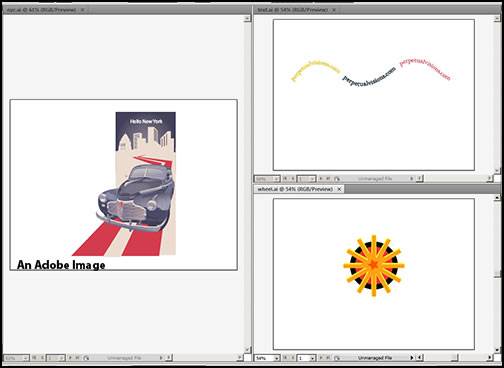

Please note that other Pearson websites and online products and services have their own separate privacy policies. This privacy notice provides an overview of our commitment to privacy and describes how we collect, protect, use and share personal information collected through this site. Pearson Education, Inc., 221 River Street, Hoboken, New Jersey 07030, (Pearson) presents this site to provide information about Peachpit products and services that can be purchased through this site. The number of steps that appear in a blend has a direct impact on screen redraw speed, print performance, and file size. Illustrator can have a maximum of 256 steps in a blend. Additionally, if you click an anchor point near the top of one object and then choose an anchor point toward the bottom of the next key object, Illustrator rotates and modifies the intermediate steps of the blend to match the orientation of the anchor points. This method allows you to control the order in which key objects appear in the blend. If you have more than two objects to blend, keep selecting an anchor point from each object until the blend is created. Click an anchor point in the first object to define where you want the blend to start, and click an anchor point in the second object where you want the blend to end. Select the objects you want to blend, and then click the Blend tool in the Tools panel or press W. Creating a blend by using the Blend tool takes a few extra clicks of the mouse, but gives you extra ability to control the blend. With this method, Illustrator blends the bottom object in your selection with the next object up in the stacking order. Select at least two objects and choose Object > Blend > Make, or press Command-Option-B (Windows: Ctrl-Alt-B).

The quickest way to create a blend is to use the menu. You can generate a blend in either of the following ways: In fact, you can even blend between objects that have different Live Effects settings. You can't blend images or Area Type objects (text enclosed within a shape), but you can blend just about anything else-including symbols and groups. If you need to repeat art across an area or along the curve of a path, you can use a blend to distribute a specific number of steps evenly. Figure 3 By blending two symbols with different opacity levels, Illustrator creates the necessary steps to create an animation.


 0 kommentar(er)
0 kommentar(er)
